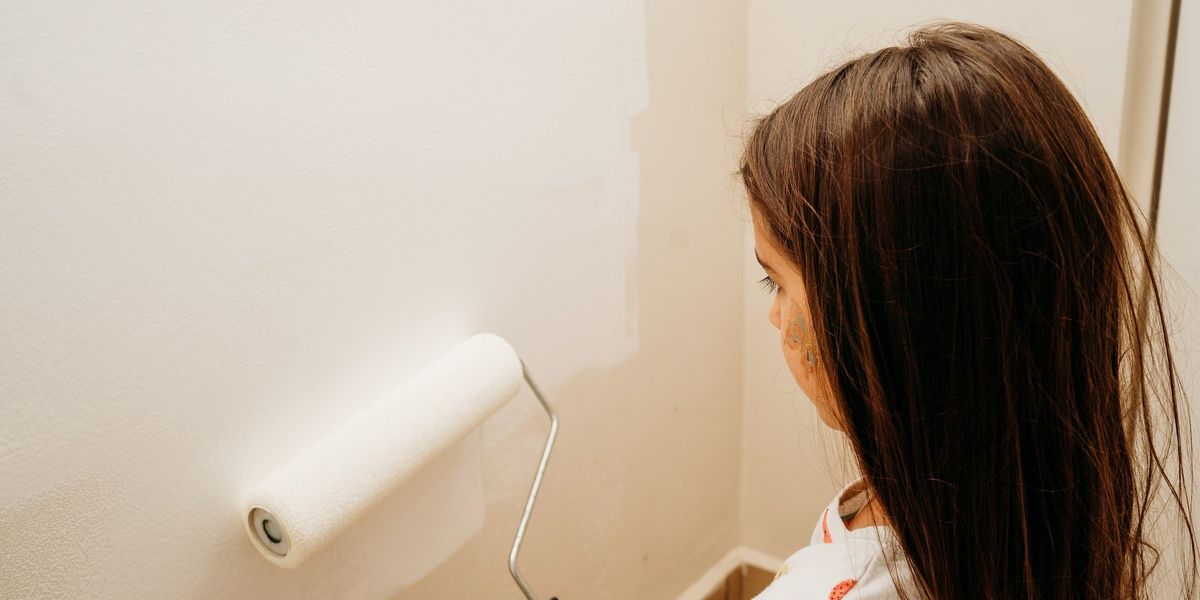
When I talked to my doctor about starting a family, she ran tests and found that my thyroid hormone levels were so low I would have a difficult time conceiving.
Luckily this is a treatable condition, but when I learned that PFAS can be toxic to thyroid cells, I wondered whether that chemical class had anything to do with my condition. I will never know if my underactive thyroid was caused by genetics, exposure to toxic chemicals, an autoimmune disease, or just bad luck.
PFAS stands for per-and polyfluoroalkyl substances, or “forever chemicals,” which contaminate our food, air, water and even our blood. They are linked to cancer, liver damage, thyroid disease, toxic to the immune system, decreased fertility, birth defects, developmental delays in children and the list goes on. They can build up in our bodies and, if my family is like most families in the U.S,. then my three kids, husband, and I all have PFAS in our blood. Perhaps even more than the average person because, as cross country skiers, we unknowingly used fluorinated waxes to help us glide faster over the snow.
PFAS are found in a growing number of everyday products from cookware, food packaging, and clothing to carpet and cosmetics. And, as my own research with Healthy Building Network confirms, we can now add household paints to the list. At least 47 different paint products to be exact — half of the 94 paint products we tested — had indicators of PFAS.
I worked in the paint industry for many years, but in all that time never learned about the possibility of PFAS being used in household paints (aka ‘architectural paints’). As a third-party, research-based nonprofit, partners’ concerns and recent publications prompted the Healthy Building Network team to test paints that American consumers can purchase at their local hardware stores.
Architectural paints can be found inside and outside of our homes, schools, and workplaces — the scale of paint use is immense. In 2021, the volume of architectural paint in the United States totaled nearly 870 million gallons, and in 2023, it will surpass almost 1.4 billion gallons. That’s equal to slathering your average family home with 90 million coats of paint!
When those paints contain PFAS, human exposure can occur at every step of the supply chain: PFAS manufacturing; paint manufacturing; during the painting process; and after surfaces have been painted. The PFAS used in paints are often volatile and may be making their way into the air we breathe.
The good news — we don’t need PFAS in paint
The great news is that PFAS don’t have to be in paint! This is a solvable problem. Half of the paints that Healthy Building Network tested showed no evidence of forever chemicals — each brand had at least one product that tested negative for PFAS, so we know that manufacturers can successfully formulate paint products without them.
Paint manufacturers need to eliminate PFAS from their product formulas. To avoid regrettable substitutions and ensure informed material selection, any alternatives to PFAS must include a full chemical hazard assessment. Let’s get it right this time.
Removing forever chemicals from household paint is just scratching the surface on a problem that goes much deeper. It’s an important place to start, but it shouldn’t end there. Companies across all industries need to find substitutes for these toxic chemicals.
Healthy Building Network’s paint guidance is a great resource to get more information about selecting safer paints. We also offer a downloadable form that can be used to ask manufacturers for paint that meets the transparency and material health attributes specified by the Healthy Building Network.
We must eliminate forever chemicals across the global supply chain, now and forever. The health of our families, our nation, and the world depend on it.

